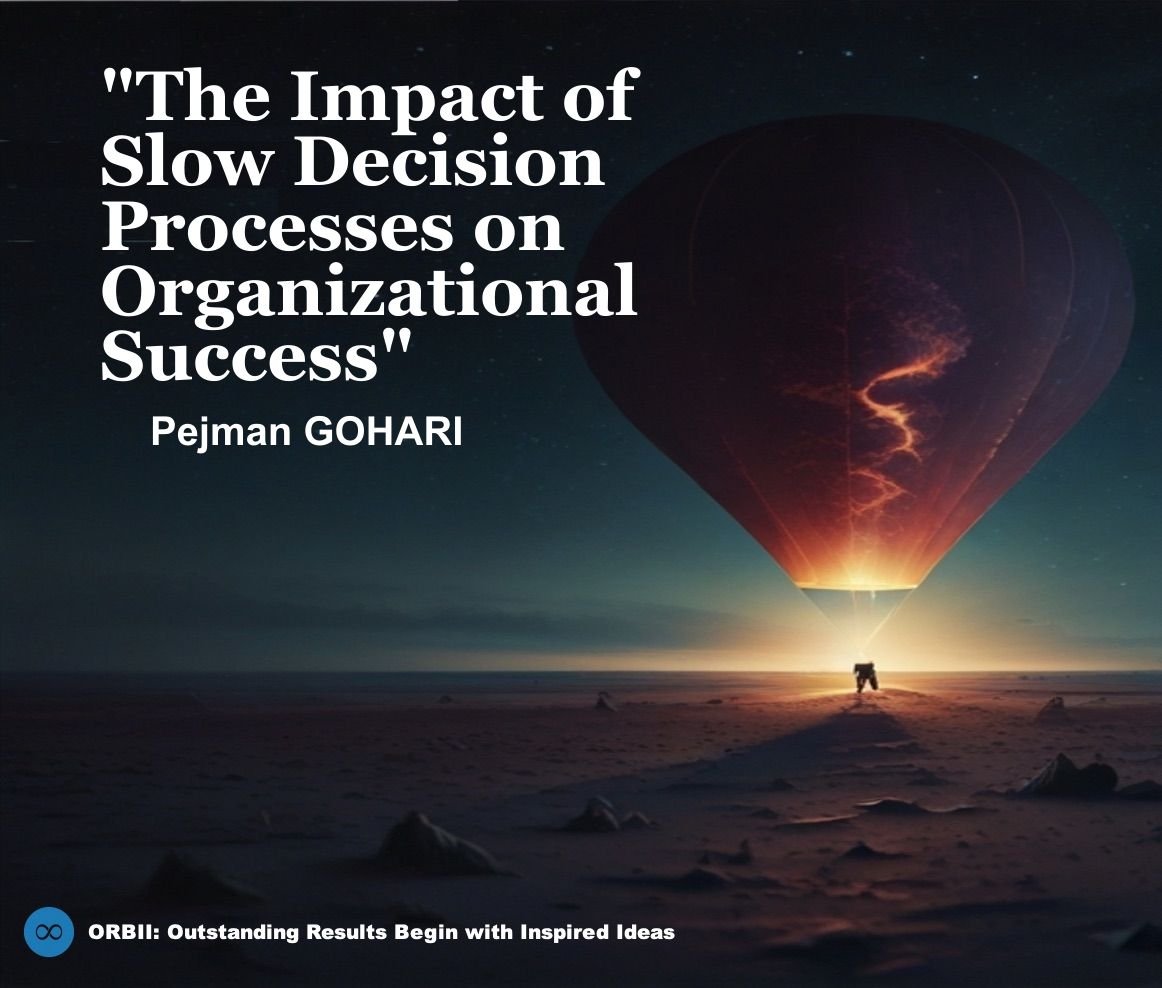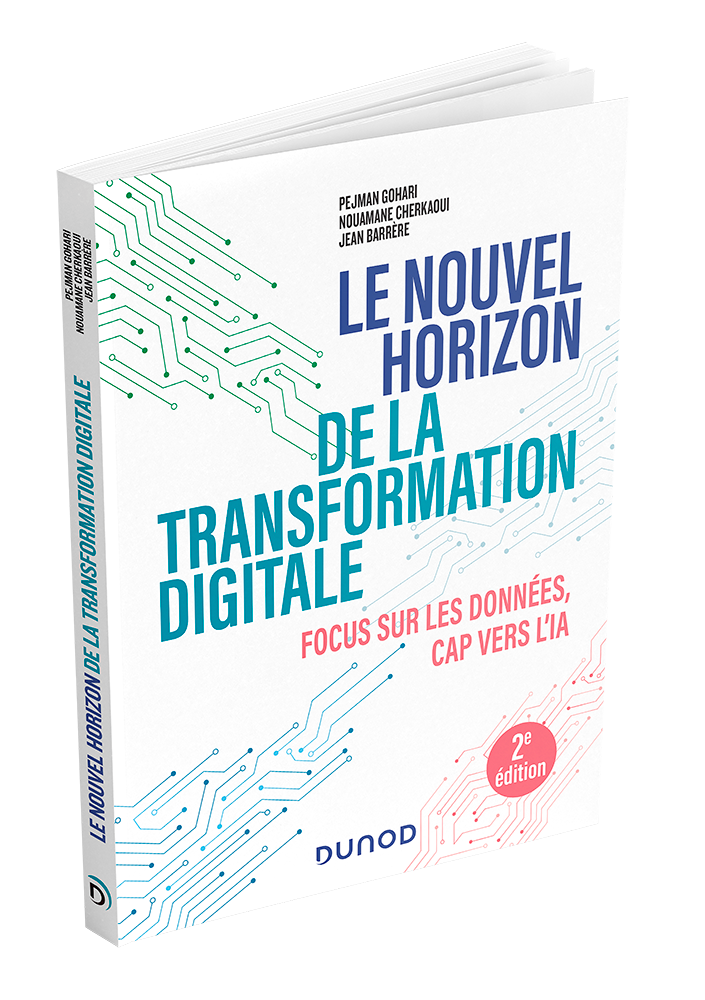The Impact of Slow Decision Processes on Organizational Success
The High Cost of Slow Decision-Making: How Political Paralysis and Inefficiency Erode Business Velocity
In today’s hyper-competitive business environment, speed of decision-making has become a strategic imperative. Organizations that can adapt quickly to market changes, customer needs, and emerging trends have a distinct advantage. Yet, slow decision-making—often due to bureaucratic delays, political considerations, and over-analysis—undermines this potential. The consequences of indecision are far-reaching, from missed opportunities to eroded market relevance.
This article explores the deep impact of sluggish decision-making on organizational performance, examines its root causes, particularly politically motivated decisions, and offers a roadmap for fostering a more agile, data-driven decision-making culture.
The Cost of Delay: Missed Opportunities and Reduced Competitiveness
Research shows that slow decision-making erodes competitiveness. Studies by Daniel Kahneman highlight how organizations often default to System 2 (slow, deliberative) decision-making when quick System 1 thinking is required. McKinsey & Company further underscores the correlation between fast decision-making and higher revenue growth. Their findings reveal that companies able to make rapid, high-quality decisions are twice as likely to outperform their peers in terms of profitability[^1].
When decisions are delayed, the effects can reverberate across an organization:
-
Market Disruptions: In industries like technology or consumer goods, slow decision-making can lead to missed market opportunities. For instance, Nokia's delay in responding to the smartphone revolution, driven by internal disagreements and slow executive approval, allowed more agile competitors like Apple to dominate[^9].
-
Operational Bottlenecks: Delayed decisions create operational inefficiencies. Projects linger, resources are misallocated, and timelines extend. Companies without streamlined decision processes see operational drag and missed deadlines.
-
Customer Dissatisfaction: In customer-centric industries, delayed responses to feedback damage brand loyalty. Amazon, by contrast, has built an empire on fast, customer-responsive decision-making, often leveraging real-time data to meet evolving customer expectations[^1].
Root Causes of Slow Decision-Making: Political Influence and Hierarchical Delays
One of the most insidious factors in slow decision-making is internal politics. Research from Gartner indicates that 70% of executives attribute decision delays to political maneuvering rather than strategic logic[^5]. Harvard Business Review also emphasizes that internal politics, siloed structures, and power struggles often supersede data-driven decision-making, resulting in a "paralysis by analysis"[^5].
1. Political Decision-Making vs. Data-Driven Logic
In large organizations, decisions are often shaped by political considerations, not market data. For example, Gartner's research shows that decisions in politically charged environments tend to take longer as leaders try to protect their influence rather than align decisions with organizational objectives[^5].
2. Bureaucratic Inefficiency and Hierarchical Delays
Bureaucracies further slow decision velocity. In organizations with rigid hierarchical structures, decisions must pass through multiple layers of management, adding unnecessary delays. A Boston Consulting Group (BCG) study found that organizations with flatter structures make decisions up to 30% faster than those with complex hierarchies[^3].
3. The Fear of Failure and Over-Analysis
While data is critical for sound decision-making, an over-reliance on analysis often leads to decision paralysis. Leaders who fear making wrong choices default to gathering excessive amounts of data, prolonging the decision process. PwC reports that companies embracing a "fail-fast" culture are more innovative, as they prioritize learning through iteration over exhaustive analysis[^4].
The Path Forward: Fostering Agile, Data-Driven Decision-Making
To counter slow decision-making, organizations must break free from political and bureaucratic barriers, adopt agile practices, and embrace data-driven decision-making.
1. Streamline Decision-Making with Agile Frameworks
Adopting agile frameworks accelerates decision-making. Originally developed for software development, agile methodologies focus on breaking large initiatives into smaller, manageable tasks with clear decision points. Accenture highlights that organizations using agile frameworks experience a 35% improvement in decision speed, while maintaining decision quality[^6].
Agile frameworks reduce the need for prolonged approval processes by empowering teams to make decisions in real time, fostering faster execution and innovation.
2. Empower Cross-Functional Teams with Autonomy
Decentralizing decision-making is essential for agility. Cross-functional teams should be empowered to make decisions at the lowest level possible. This not only accelerates decisions but also increases accountability. Gartner's research reveals that companies with empowered teams report a 25% faster time-to-market for new products[^7].
Empowering teams ensures that diverse perspectives contribute to the decision-making process, reducing the dominance of political agendas.
3. Adopt a Data-Driven, Fail-Fast Mindset
Organizations must strike a balance between data-driven logic and speed. A data-driven culture ensures that decisions are made based on real-time insights, while a fail-fast mindset encourages teams to take swift action, iterating and learning from mistakes. McKinsey notes that companies that implement this approach report a 40% increase in innovation success[^8].
For example, Tesla embodies this balance by using data to inform rapid prototyping and product iteration. By not being paralyzed by data, Tesla can launch innovations faster than traditional automakers[^10].
4. Reduce Political Influence with Transparent Decision-Making
Transparency in decision-making is crucial to reducing internal politics. By aligning decisions with strategic objectives and making data accessible to all stakeholders, organizations can neutralize personal agendas. Deloitte notes that transparency not only accelerates decision-making but also improves employee engagement and trust in leadership[^2].
The Role of Technology in Decision Speed
Technology, especially artificial intelligence (AI) and machine learning, can significantly enhance decision velocity. Decision Intelligence (DI) is a growing field that combines AI, behavioral economics, and data science to optimize decision-making in complex business environments. Tools like predictive analytics can anticipate trends, enabling companies to respond quickly to market shifts[^11].
Organizations that leverage AI-driven decision tools outperform those that rely on manual analysis. Google and IBM use decision intelligence to reduce time-to-decision, increase accuracy, and adapt rapidly to new market realities[^11].
Risk Management and Speed: A Balancing Act
The assumption that faster decisions lead to higher risk is outdated. Companies that embrace calculated risk-taking—through frameworks like Amazon's "two-way door" decisions—can move swiftly without compromising quality. In this model, reversible decisions are made quickly, while only irreversible decisions require longer deliberation[^12].
By fostering a culture of experimentation, organizations can make faster, informed decisions without falling prey to indecision driven by the fear of failure.
Conclusion: Speed as a Competitive Imperative
In an era of digital transformation, slow decision-making is no longer tenable. The organizations that will thrive are those that prioritize agility, cross-functional collaboration, and data-driven decision-making. By addressing the root causes of slow decision-making—whether political, hierarchical, or psychological—executives can build more responsive and competitive organizations.
The ability to make quick, informed decisions has become a key differentiator in today’s business landscape. Speed is no longer just a factor of operational efficiency; it is a strategic necessity for long-term success.
References
- [^1]: McKinsey & Company, "Decision-Making in Turbulent Times: The Fastest Organizations Outperform," McKinsey Insights, 2021.
- [^2]: Deloitte, "Agile Decision-Making for Business Efficiency," Deloitte Research, 2020.
- [^3]: Boston Consulting Group, "Flattening the Hierarchy to Speed Up Decisions," BCG, 2019.
- [^4]: PwC, "The Power of the 'Fail-Fast' Mindset in Driving Innovation," PwC Global Innovation Report, 2020.
- [^5]: Gartner, "The Hidden Costs of Internal Politics in Decision-Making," Gartner Insights, 2020.
- [^6]: Accenture, "Agile Frameworks for Improved Decision Speed," Accenture Business Research, 2021.
- [^7]: Gartner, "Cross-Functional Team Empowerment for Faster Decision-Making," Gartner Business Research, 2020.
- [^8]: McKinsey, "Data-Driven Culture and Innovation Success," McKinsey Insights, 2021.
- [^9]: Case Study on Nokia, "The Fall of a Giant: Nokia’s Missed Smartphone Opportunity," 2018.
- [10]: Tesla's Iterative Approach: "Fail Fast and Innovate: How Tesla Stays Ahead," 2020.
- [^11]: Forrester Research, "Decision Intelligence and the Future of AI-Driven Decisions," Forrester, 2021.
- [^12]: Amazon's Decision-Making Approach: "Jeff Bezos and the Two-Way Door Decision Model," 2019.
Licence: This article is published under the MIT Licence.



